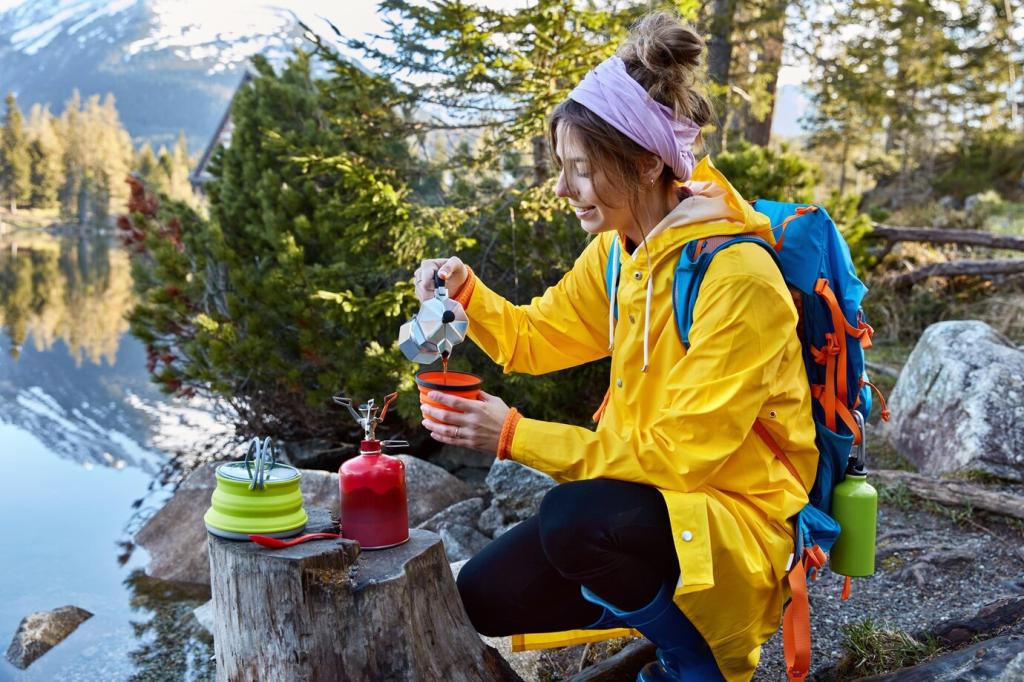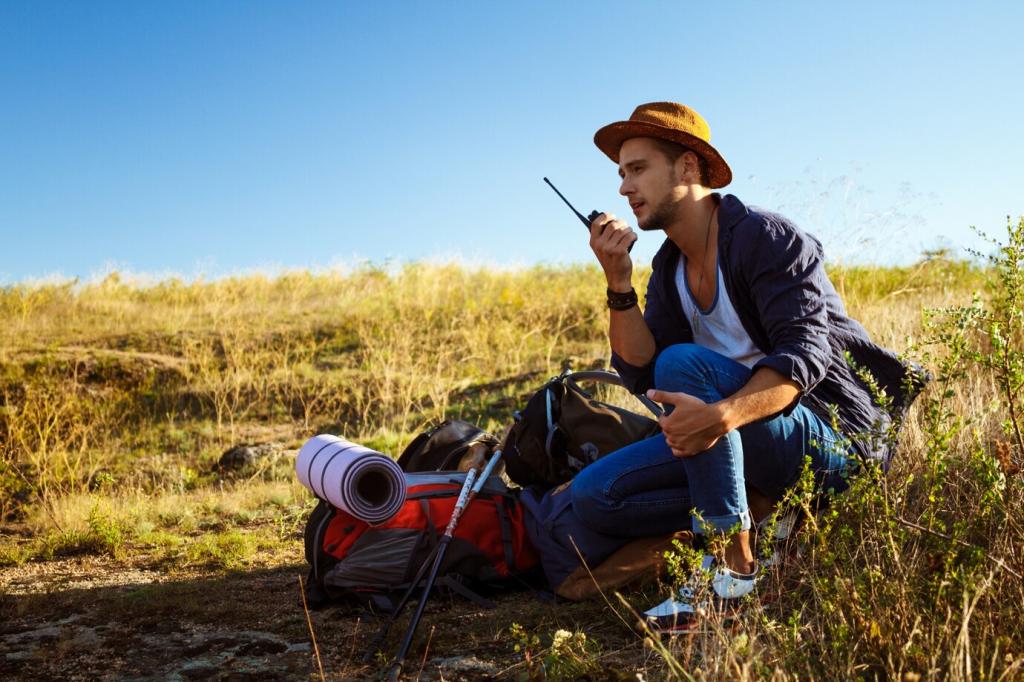Footwear Essentials for Seasonal Mountain Hikes
Chosen theme: Footwear Essentials for Seasonal Mountain Hikes. Lace up with confidence as we explore how the right boots, shoes, socks, and traction adapt to spring mud, summer heat, autumn slick leaves, and winter snow. Expect real trail stories, practical tips, and inviting prompts to share your own experiences. Subscribe to stay inspired and prepared for every season underfoot.
Spring Thaw: Mud, Meltwater, and Unpredictable Trails
Spring trails mix lingering ice with slushy mud and swollen streams. Waterproof uppers, gusseted tongues, and aggressive, mud-shedding lugs prevent soggy socks and slips. Pair mid-height boots with short gaiters to block grit and splashes. Share your favorite spring-ready boot models in the comments, and tell us which tread patterns saved you from skating across clay-like switchbacks.
Summer Heat: Breathability, Ventilation, and Swollen Feet
Summer favors breathable mesh, well-vented uppers, and lighter midsoles to reduce heat buildup and fatigue. Your feet can swell during long, hot climbs, so allow extra toe room and consider thinner socks. Many hikers switch to trail runners for agility and quick drying. What’s your go-to summer shoe and sock combo? Subscribe for our upcoming field test comparing airflow across top warm-weather models.
Autumn and Early Winter: Wet Leaves, Frost, and First Snow
Fall trails hide roots under slick leaves and surprise you with dawn frost. Choose grippy rubber, multi-directional lugs, and supportive mids to handle uneven terrain. As temperatures dip, add thin insulation or pair thicker merino socks with roomy boots. Before the first big storm, check your waterproofing and carry microspikes. Tell us about your first frost hike and what footwear tweaks kept you upright.
Sizing for Socks, Swelling, and Downhill Control
Try footwear late in the day when feet are slightly swollen, and wear the socks you’ll hike in. Ensure a thumb’s width in the toe box to avoid downhill toe bang. Check heel hold and midfoot wrap with your pack weight. Share your foot shape challenges—narrow heels, high arches, wide forefoot—and we’ll publish fit hacks for tricky profiles. Subscribe to get notified.
Lacing Techniques That Change Everything
Simple lacing tweaks can transform a hike. Use a heel-lock (runner’s loop) to stop slippage, window lacing to relieve pressure, and forefoot loosening for swelling. On a rocky alpine descent, one reader stopped painful toe impact by tightening only the instep eyelets. Try these methods on a stairwell and report back which pattern works best for your seasonal routes.
Blister Prevention: Friction, Moisture, and Heat
Blisters thrive where damp skin rubs. Combine moisture-wicking socks with liners, pre-tape known hotspots, and apply a little lubricant to reduce friction. Break in footwear slowly and air out feet on long days. Pack a minimalist blister kit—alcohol wipes, tape, pads, and a needle. What’s in your field kit? Comment with your most effective prevention ritual for shoulder-season slogs.


Deep, widely spaced lugs shed mud in spring; sticky rubber grips granite in hot summer; mixed patterns handle slick autumn leaves and roots. A reader once slid on wet roots until switching to a softer compound outsole—problem solved. Which outsole brand has saved your hikes? Share your muddy victories and leaf-litter lessons so others can pick wisely.
Traction and Stability: Outsoles and Add-Ons for Every Season



Break-In, Care, and Lifecycle: Making Footwear Last Through Seasons
Start with short walks, then mix inclines and descents to find flex points and pressure spots. Wear your seasonal socks and experiment with laces. One hiker paced a staircase with a full pack to ensure no downhill toe bang before a spring snowline push. Share your break-in ritual and how long it takes your boots to feel trail-ready.
